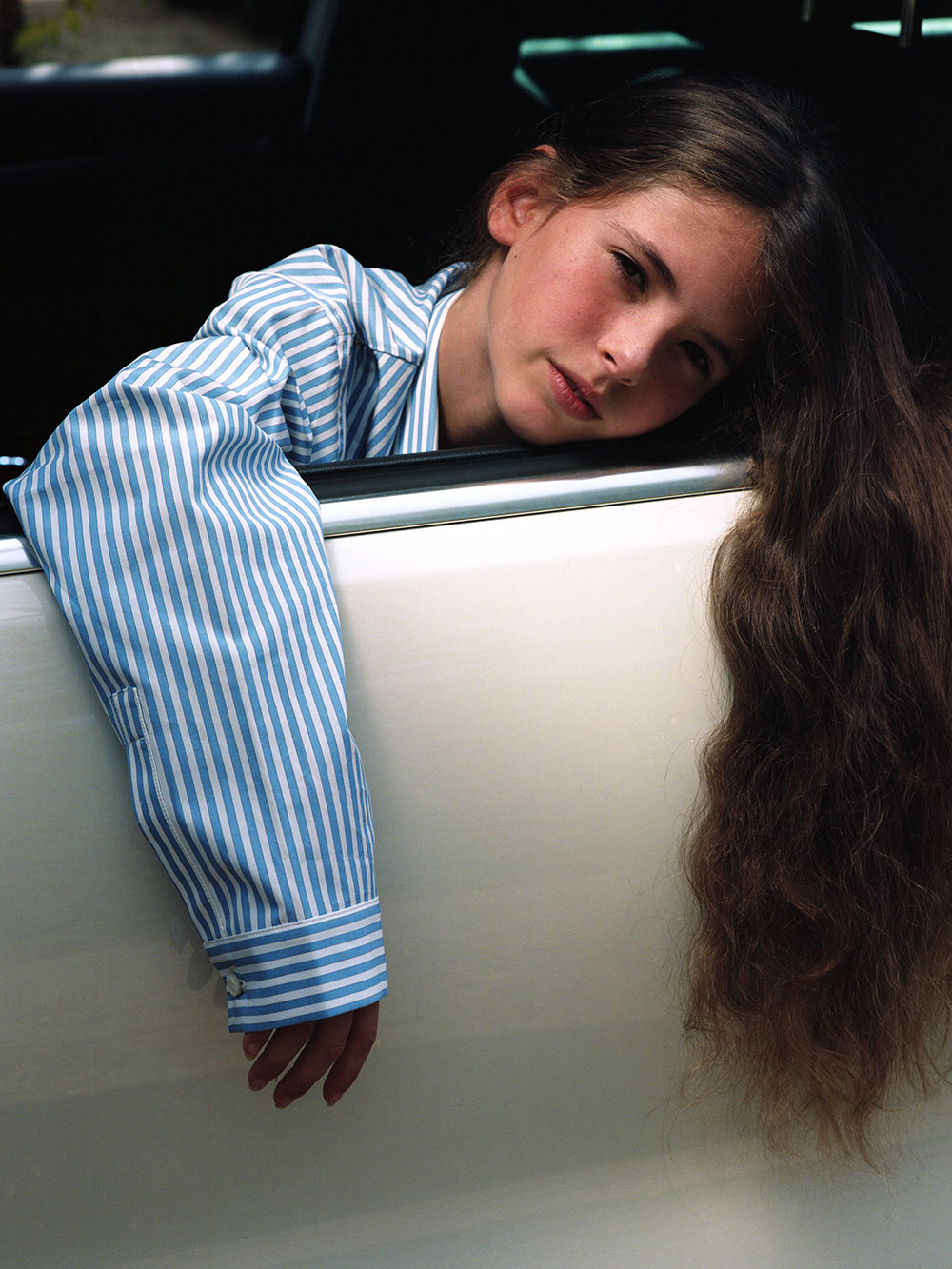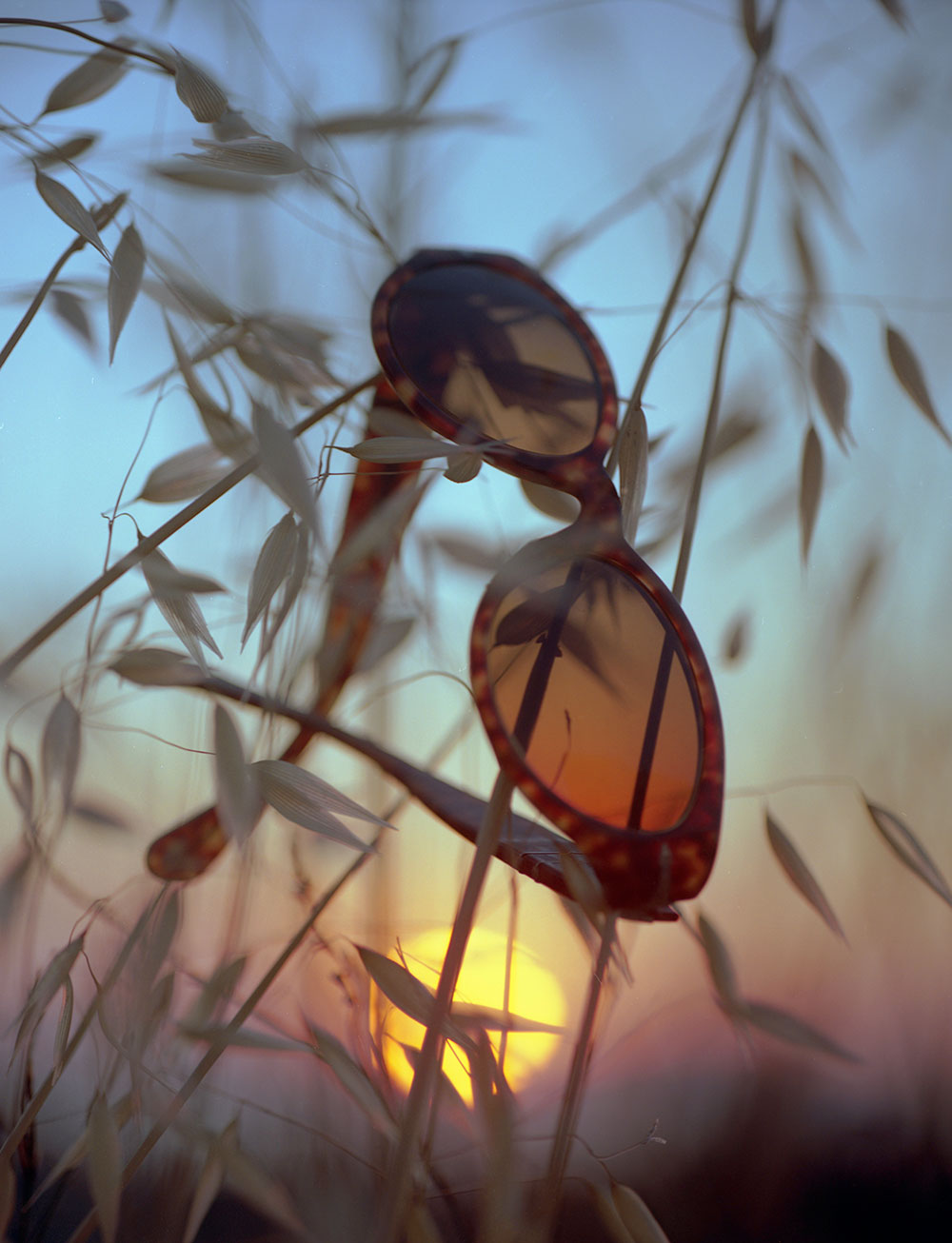Through the lens of Wallpaper* contributor Pauline Caranton
‘Through the lens’ is our monthly series that throws the spotlight on emerging photographers who are Wallpaper* contributors. Every month one photographer is commissioned to capture the upfront Newspaper section – an artist’s residency in print form – here we explore their vision further.

After a degree in architecture, our October 2019 issue photography contributor Pauline Caranton worked in set design for photography, before stepping behind the camera herself. Her still life and fashion imagery articulates memories, and captures her slanted take on beauty. Here, she reveals all behind her practise.

Astypalea, 2017
Wallpaper*: Describe your style of work and process.
Pauline Caranton: For the last few years I've shot a lot in film, as using analogue processes extends the moment between shooting to editing, creating a more reflective production process. Even after the pressing the shutter I continue to reinterpret the picture with negatives, scans, Photoshop and finally how it’s presented.
I think switching up cameras is a useful way to unblock creativity and any camera can be considered a perfect tool for any image you want to take. I want to continue not being categorised, experimenting with approaches in both photography and video. I find that challenge very exciting. I want to create images that will always feel true to me even decades down the line, so I probably create pictures that sit outside of trends.

Elisa, 2018
W*: Who or what made you want to be a photographer?
PC: I’ve been shooting since I was a child, using disposable cameras to fix my memories in albums. Still to this day I photograph my travels, special foods, or special moments so I can always remember them. My work often aims to articulate the memories and time shifts that images can evoke. I love the idea that my photographs could trigger memories for another person.
Since gaining a diploma in architecture, I have remained open to ideas of form, light and scale. I really appreciate the particular perspective that my studies gave me, and the way I have been able to build on that since. It has given me knowledge on the construction of objects and composition, which I like to illustrate through my photographs.

Zia, 2019
W*: What’s currently on your radar?
PC: I found a lot of my inspiration within music and film, I can be intense with movies from my teenage years such as Star Wars – I’ll watch them over and over again infinitely. I also find a lot of creativity in a good playlist. I discovered the label Finders Keepers Records which does a super selection, like the amazing soundtrack of Moomins for example.
In terms of photography I’m fascinated by authenticity. I went to Arles Photography Festival this summer and I was left speechless by the work of Mishka Henner who explores imagery and reportage as maps.
Photography is communication so going forward I want to respond more to current affairs, as the new generation of photographers we have visual voices and must make use of them. Currently I’m working on a longterm documentary project on the evolution of femininity.
INFORMATION
paulinecaranton.com
Receive our daily digest of inspiration, escapism and design stories from around the world direct to your inbox.
Harriet Lloyd-Smith was the Arts Editor of Wallpaper*, responsible for the art pages across digital and print, including profiles, exhibition reviews, and contemporary art collaborations. She started at Wallpaper* in 2017 and has written for leading contemporary art publications, auction houses and arts charities, and lectured on review writing and art journalism. When she’s not writing about art, she’s making her own.
-
 We asked six creative leaders to tell us their design predictions for the year ahead
We asked six creative leaders to tell us their design predictions for the year aheadWhat will be the trends shaping the design world in 2026? Six creative leaders share their creative predictions for next year, alongside some wise advice: be present, connect, embrace AI
-
 10 watch and jewellery moments that dazzled us in 2025
10 watch and jewellery moments that dazzled us in 2025From unexpected watch collaborations to eclectic materials and offbeat designs, here are the watch and jewellery moments we enjoyed this year
-
 Patricia Urquiola reveals an imaginative inner world in ‘Meta-Morphosa’
Patricia Urquiola reveals an imaginative inner world in ‘Meta-Morphosa’From hybrid creatures and marine motifs to experimental materials and textiles, Meta-Morphosa presents a concentrated view of Patricia Urquiola’s recent work